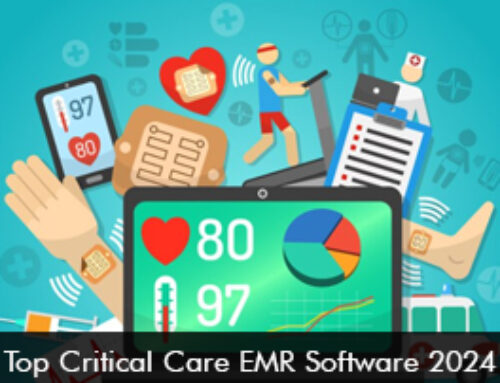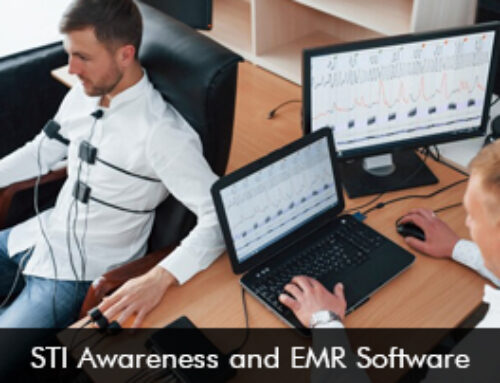In 2017, the market value of Electronic Medical Records (EMR) software was $29.7 billion and is expected to reach $39.7 billion by 2022, according to Kalorama Information. The report has computed the revenues for all EHR/EMR systems, installation and implementation services, training, consulting and other services which gain profits for the companies. The revenues do not include hardware or PACS profit. Kalorama Information has recently published a detailed analysis of the unusual trends seen in the EMR software market.
Top 5 unusual trends in EHR Software industry
Side dishes sell the main course
The end-users view the record management features of the Electronic Health Records (EHR) systems as mainstream. The benefits of all the tools like CPOE, picture archiving, decision support and e-prescribing (e-Rx), are now clear to the end-users, and they might want these component tools as an integrated suite of claims. This will certainly lessen the compatibility issues faced by the end-users. According to HIMSS data, almost 80% of the Electronic Medical Record users used CPOE tool for pharmaceuticals, radiology or lab orders.
Digital patient Engagement is a dream
A traditional way of patient engagement has been face-to-face appointments for centuries. A very small number of patients use the online portal and that is the digital patient engagement is progressing very slowly. This will surely require a collective effort, both from healthcare providers and from the patients who use engagement tools, to improve the digital patient engagement experience.
Transparency and Interoperability
In 2016-17, the Office of National Coordinator (ONC) declared that the EHR certification process is getting a renovation that will help the agency in getting a better input. The ONC will now keep a direct check over all certified EHR and healthcare IT and will take necessary actions when needed. Furthermore, the ONC will now establish their own certified laboratories to test the EHR technology. The Trump administration clearly mentioned at a HIMSS meeting that is focused only on interoperability.
Shift in customer expectations
The healthcare industry is facing a clear shift in the expectations of the customers. In the past, the customer looked for a simple EMR vendor. Now the customers want the vendors to shift from maintaining and developing of software packages to the implementation of tech solutions that cater to solving real-life business issues.
Big money comes from Physician Practices
In the healthcare industry, there is a race among the major EMR/EHR providers like Epic, Allscripts, Athenahealth, Cerner, and some others. But according to a report in 2018, the main growth area of EMR systems is the physician practices. The physician market is hopeful to see a major growth for EMRs. In 2017, the development of EMRs in physician practices was far less than in hospitals, but it witnessed immense growth in the last couple of years. However, there are still many practices in the US who have not made it into the healthcare IT industry yet.







